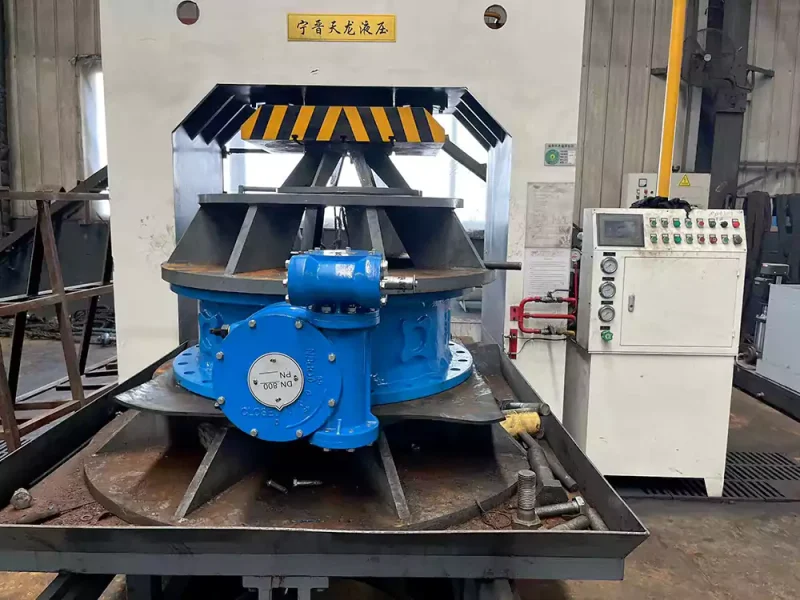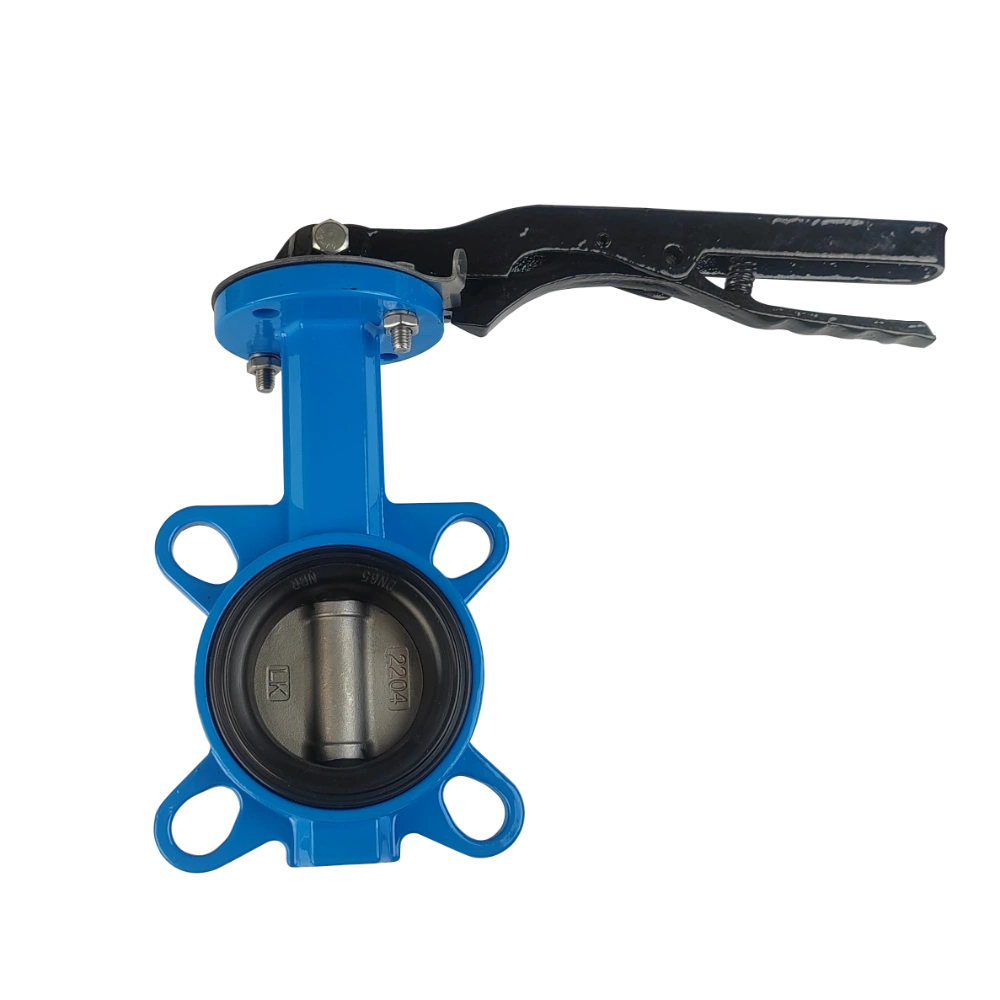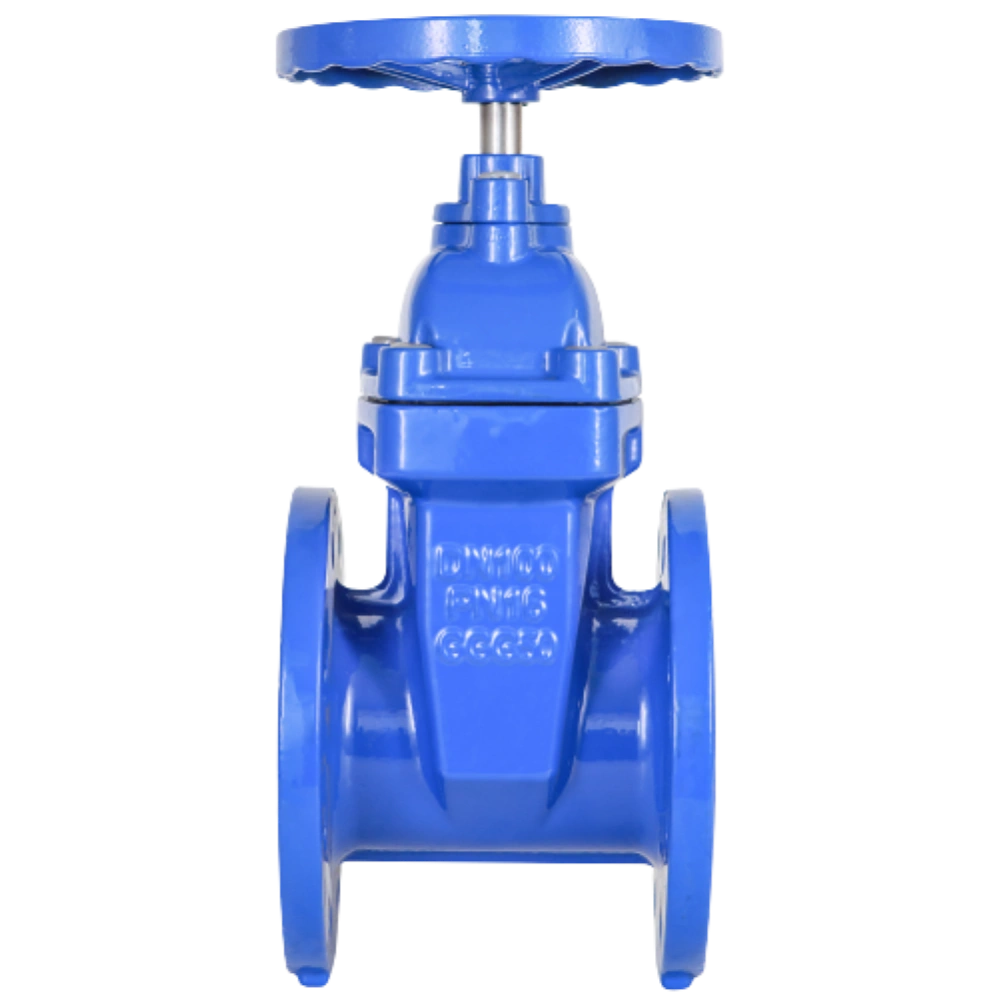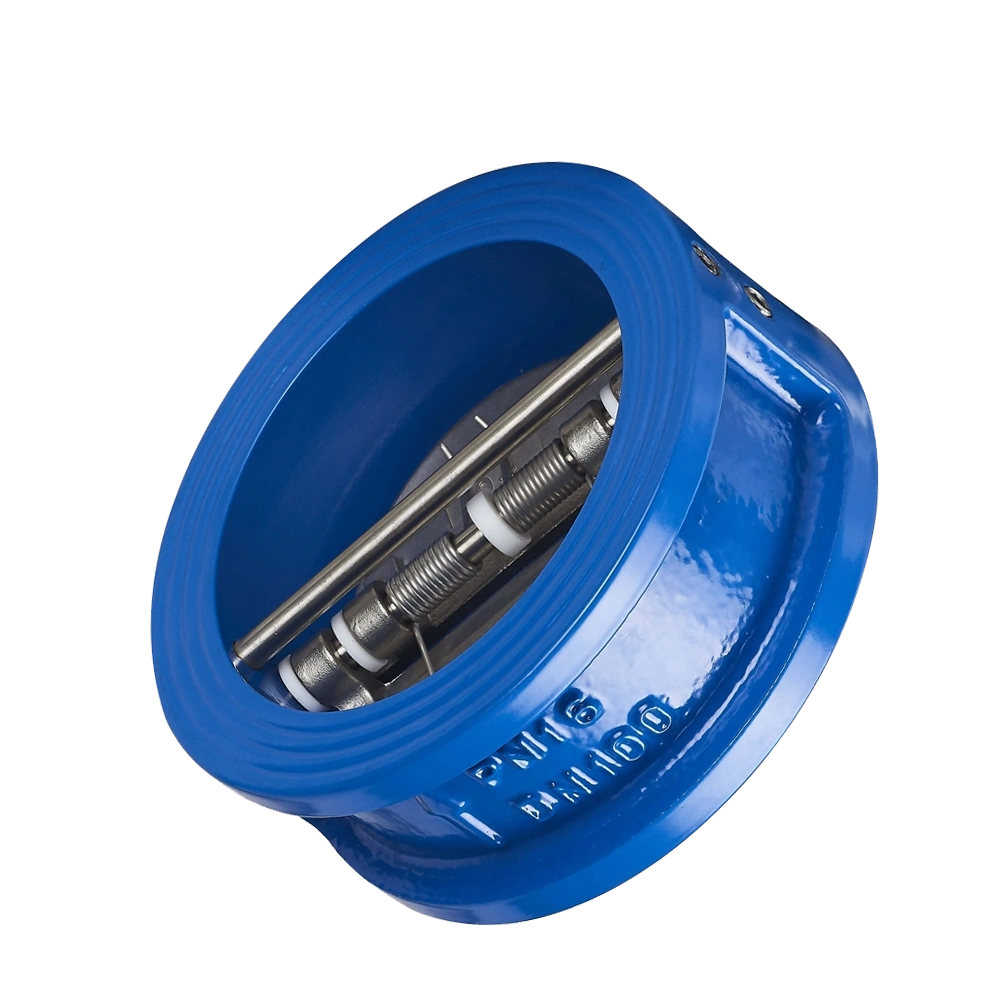Butterfly valves undergo rigorous pressure testing. This ensures reliability, performance, and safety under operating conditions. Testing occurs during manufacturing, installation, and maintenance. The test process verifies the valve’s ability to withstand specified pressures without leaking or failing. This article outlines the purpose, standards, procedures, equipment, and precautions for butterfly valve pressure testing.

1. Purpose of Butterfly Valve Pressure Testing
Pressure testing confirms a butterfly valve’s performance. It ensures the valve operates under maximum allowable pressure and temperature. The valve consists of a body, disc, seat, and seals. Testing detects defects like cracks, pores, or improper assembly. These flaws could cause leaks or catastrophic failure.
Butterfly valve pressure test also ensures compliance with industry standards. These include standards from the American Petroleum Institute (API), American Society of Mechanical Engineers (ASME), or International Organization for Standardization (ISO). The standard depends on the valve’s design and application.
Tests use hydrostatic (liquid, usually water) or pneumatic (gas, like air or nitrogen) methods. Hydrostatic testing is safer and detects small leaks. Pneumatic testing suits specific cases where water could harm the valve or system.
2. Butterfly Valve Pressure Testing Standards
Testing follows internationally recognized standards for consistency and reliability. Common standards include:
| Standard | details |
| API 598 | Specifies shell and seat testing procedures. |
| ASME B16.34: | Defines pressure-temperature ratings and testing requirements. |
| ISO 5208 | Classifies leakage rates for metal valves. |
| MSS SP-61 | Details acceptable leakage rates for various valves. |
Manufacturers and users choose standards based on the valve’s design, material (e.g., cast iron, stainless steel, bronze), and application (e.g., water supply, oil and gas, chemical processing).
3. Types of Butterfly Valve Pressure Tests
Butterfly valve pressure test includes two main tests: shell and seat tests.
3.1 Shell Test
The shell test checks the valve body and bonnet’s structural integrity. The valve disc is partially open. Test pressure is typically 1.5 times the maximum allowable working pressure (MAWP). For example, a PN10-rated valve tests at PN15. This ensures the valve withstands overpressure without deforming, cracking, or leaking.
3.2 Seat Test
The seat test evaluates sealing performance when the valve is fully closed. Test pressure is usually 1.1 times the MAWP. Resilient seats (e.g., rubber, PTFE) require zero leakage. Metal seats may allow minimal leakage per standards like ISO 5208. The test simulates bidirectional flow by pressurizing both sides (upstream and downstream).
For leakage rate details, visit: Butterfly Valve Leakage Rates.
4. Pressure Test Procedure
4.1 Preparation
-
Inspection: Visually check the valve for defects, damage, or debris. Ensure the disc, seat, and sealing surfaces are clean and undamaged.
-
Installation: Secure the valve on a test bench or between flanges. Align it properly to avoid stress. Use blind flanges or test plugs to seal the ends.
-
Test Medium: Choose water for hydrostatic tests or air/nitrogen for pneumatic tests. For hydrostatic tests, use clean water. Add corrosion inhibitors for carbon steel or corrodible materials.
-
Safety: Train personnel and implement safety measures, like pressure relief valves and barriers. Pneumatic tests carry explosion risks, requiring extra caution.
4.2 Shell Test Execution
-
Setup: Partially open the disc (10-20%). Fill the valve cavity with the test medium.
-
Pressurization: Gradually fill the valve, venting air pockets. Increase pressure to the specified level (e.g., 1.5 x MAWP).
-
Dwell Time: Maintain pressure for 1-5 minutes, per standards like API 598 (1 minute for valves up to 2 inches, 5 minutes for larger ones).
-
Inspection: Check for leaks, deformation, or pressure drops. No leakage is allowed through the body or joints.
-
Depressurization: Slowly release pressure and drain the medium.
4.3 Seat Test Execution
-
Setup: Fully close the valve. Ensure the disc seals properly.
-
Pressurization: Apply pressure to the upstream side at 1.1 x MAWP.
-
Hold Time: Maintain pressure for 1-5 minutes, per API 598.
-
Leak Check: Inspect the downstream side. Resilient seats require zero leakage, confirmed visually or via bubble tests (for gas). Metal seats allow minimal leakage per standards like ISO 5208.
-
Depressurization: Release pressure and drain the medium.
-
Note: Repeat for the other side for bidirectional valves.
4.4 Post-Test Actions
-
Drain: Remove all test medium. Dry the valve, especially after pneumatic tests or in corrosive settings.
-
Record: Document pressure levels, hold times, leakage rates, and standard compliance. This ensures quality assurance and traceability.
-
Approval: Mark or certify passing valves for use. Repair or reject failed valves.
5. Required Equipment
Testing requires specialized equipment:
-
Test Bench: A sturdy frame to hold the valve securely.
-
Pump: A hydrostatic pump or compressor to reach test pressures.
-
Pressure Gauge: A calibrated gauge, rated at least 1.5 times the test pressure.
-
Blind Flange/Plug: Seals valve ends during testing.
-
Vent: Removes air and controls pressure.
-
Leak Detection Tools: Soap solution for bubble tests (pneumatic) or visual aids.
6. Key Considerations
-
Temperature: Match the test medium’s temperature to the valve’s design to avoid thermal stress.
-
Material Compatibility: Ensure the test medium won’t corrode or degrade valve materials.
-
Safety Risks: Pneumatic tests risk explosion due to gas compressibility. Follow strict safety protocols.
-
Valve Size: Larger valves may need longer hold times.
-
Leakage Acceptance: Resilient and metal seats have different leakage standards. Understand the applicable rates.
7. Conclusion
Butterfly Valve pressure test ensures their quality, reliability, and safety. By following standards like API 598 or ISO 5208, and using meticulous preparation, execution, and documentation, manufacturers and users confirm valves perform under operating pressures.




